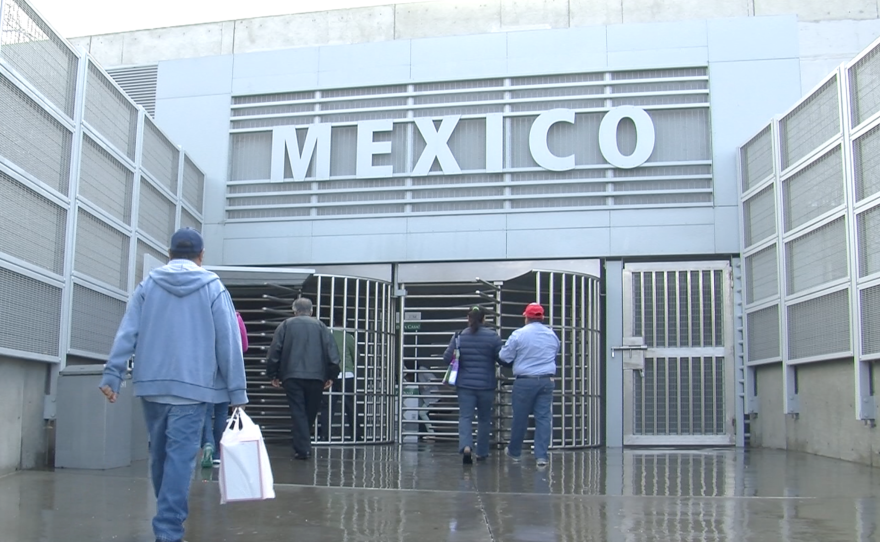San Diego and Tijuana are linked by geography, commerce and family ties. Now, they're also linked by coronavirus pandemic restrictions.
Stay-at-home orders and closed businesses on both sides of the border have led to empty streets and a significant drop in both legal and illegal crossings.
Life is also uncertain for hundreds of Central American migrants who are waiting in Tijuana to come to the U.S. to seek asylum. Meanwhile, there's a rising concern among immigrant advocates of the threat of the COVID-19 virus infection to immigrants held in detention in the U.S.
RELATED: 6 Detainees, 5 Employees Test Positive For Coronavirus At Otay Mesa Detention Center
KPBS reporter Max Rivlin-Nadler and Voice of San Diego's Maya Srikrishnan joined Midday Edition on Thursday to discuss how life has changed in and around one the busiest border crossings in the world.








